Creating A Fountain Department
Deciding on a fountain department is a big leap. For those of you who have taken this leap, you are well aware of the work involved. Yet this step could establish an advantage over the competition and, hopefully, be profitable in the process. If you are the only garden center in the area carrying a nice selection of fountains, they could become big niche products for your store.
Think outside the “big box,” and don’t picture it as selling rows and rows of fountains like the concrete statue and birdbath emporium down the street; think of it as incorporating fountains with an herb display or an Italian formal garden. Remember, you are selling relaxation the harmony among hard goods and plants. Box stores do not have the luxury or the time to successfully accomplish this display feat. However, if you have the time, space and labor, you have the skills to perfect it! But before you jump into this product line, take some time to think it through and use the right strategies to make it successful.
If you’ve been to a horticulture trade show recently, I’m sure you’ve seen the awesome fountain displays. You can usually hear those displays before they are in sight. The sound of running water is a powerful attractant, and it heightens our curiosity to see what’s making that noise. Having running fountains mixed in with your hard goods line will help customers explore more of your store.
Deciding On Fountains
To decide on a fountain section is more or less an all or nothing choice. It is hard to just dabble in fountains to see if they are the right fit for your store. Through market research, we know customers desire to shop a diverse group of products at different price levels, the principle of something for everyone. Take, for instance, one of the largest fountains you’ve seen at trade shows or in vendor catalogs (You know the one: The one you would never consider purchasing.); just having that grand display piece at your store will help sell smaller fountains. Customers will be inspired by the fountain and, Á hopefully, will apply what they have seen to their own gardens.
Think of the impression you would leave in your customers’ minds by buying (or investing in) that “monster” fountain. You would be known as the garden center with the giant fountain. Not to mention the uses of this huge fountain: When it’s not running, fill it with a particular plant you are promoting or use it to hold sale flyers or coupons. This is one technique to make your fountain display sell. However, if this monster fountain is not in your budget, you can still make a fountain section work. Just make sure not to purchase one or two for your store: Make a statement with an assortment.
The Selection Process
Before you start writing up fountain orders, consider a few questions that might impact your selection. First off, know your customer mix, and buy fountains based on what it’s likely to afford. Try to offer different price points; you definitely want to attract higher end customers if they happen to be in the market for a fountain.
Also, what kind of manpower do you have to handle these fountains, and how often are these people present when your store is open? Having the people to lift and install certain fountains is crucial. Not having the muscle doesn’t mean you can’t have fountains. There are a lot of fountains coming out on the market made of resin that are easy to lift. So when making your fountain orders, keep these things in mind:
- A mix of sizes and shapes.
- Fountains made of different materials (concrete, resin, metal, plastic).
- A mix of price points.
- Enough selection to make a statement and a profit.
The Technical Side
Now you need to look at floor space. How much display area do you have? What will the fountains sit on: gravel, cement or dirt? Will they be displayed inside or out? Be careful displaying them in the elements the fountains may weather faster, and the labor to keep them clean will be higher. What is the proximity of electrical outlets? (Check OSHA regulations for use of extension cords.) Is there room for a splash zone that won’t affect aisles? (Remember, not all display fountains need to be running.)
Ensure a few fountains are operating to encourage customers to check them out. A nice trick is to set up all of the fountains as if they are all going to be running, that way the fountain is prepared for the customer with all working parts included. Plus, if the customer wants to hear it running, it is easy to fill with water and plug in. This way there are no surprises when they get the fountain home.
When looking at your display space, keep in mind that shopping carts bumping into fountains can cause a lot of chipping, denting or scratching. Try and set fountains back into a display away from cart traffic. As soon as a fountain starts to get chipped, the value decreases, and you’ll be selling these fountains at cost before you know it. Take extra care when setting them up and moving them around. When you receive the concrete fountains, save the protection packing they were wrapped in. Items like burlap will come in handy when you set the fountain up and when you are wrapping it up for the customer.
Another key piece of information to know before you purchase fountains is your garden center’s water quality. If you have hard water, only fill and operate fountains that are lighter in color to hide the hard water stains. This way you won’t be cleaning fountains every day. If you have discolored water from high iron deposits, stick to running fountains that are darker bronze, brown and black are good choices. Make sure your fountains do not get accidentally filled with fertilizer water; otherwise, you’ll find out just how fast algae can grow.
Fountain Accessories
If you already have a pond supply section, you should be covered as far as fountain supplies go. If not, you may need to add a few accessories alongside your fountains. A few different-sized replacement pumps are always good to have on hand. If you have a large fountain section, you also will want to have extra tubing available. There’s an effective, environmentally friendly water clarifier that multiple vendors carry that can serve as a nice add-on sale.
Providing fountain covers also is very important if they are going to be kept outside year-round. Try to sell the fountain cover as yet another add-on sale when a customer purchases a fountain. Most vendors will offer touch-up paint along with your fountain order. Include these touch-up paints to customers, especially if they are buying a rather large fountain. And always provide a detailed list of care and operating instructions. This way the customer is sure to have success when bringing the fountain home.
Post-Purchase Care
If you have the labor, offer a fountain installation service. Also, to continue to set yourself apart from the big box stores, remember to do a follow-up call or thank you note to the customer about a week after a fountain purchase. This is especially important if the customer purchased a large fountain; generally, such purchases will be made by your high-end customers, and you want to keep them happy and coming back.
Establish a relationship with your fountain vendor in case you ever do have a problem or concern with any fountains. They are there to help and can assist with difficult-to-answer questions. Your customers will appreciate the effort you’ve taken to make sure they are satisfied with their purchases. Take advantage of all the extra steps you can do to set your garden center apart from the competition.


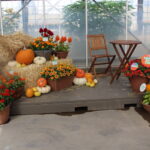

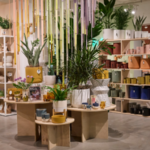

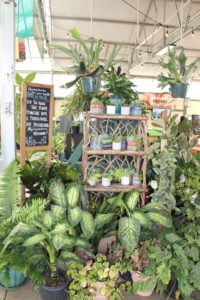
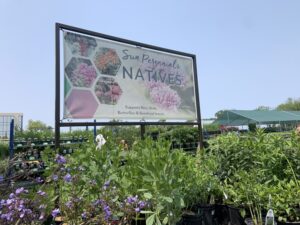
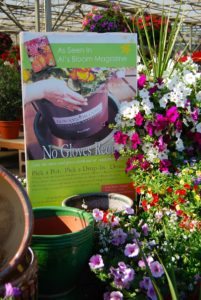


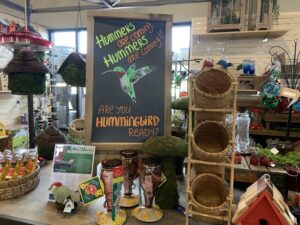
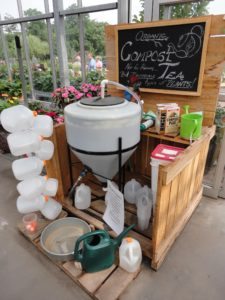
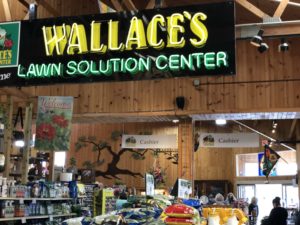

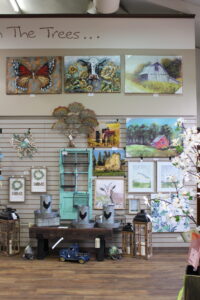
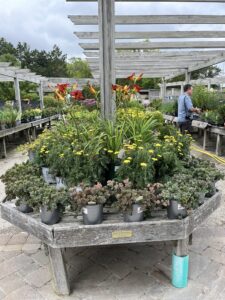
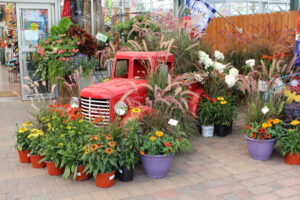
 Videos
Videos





